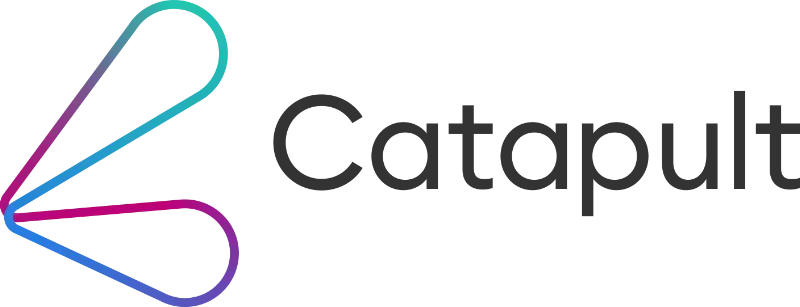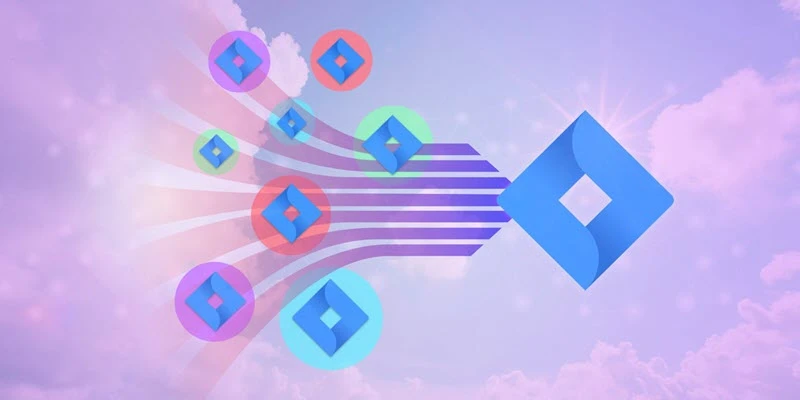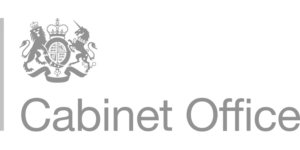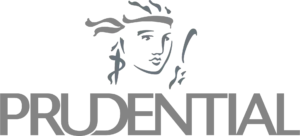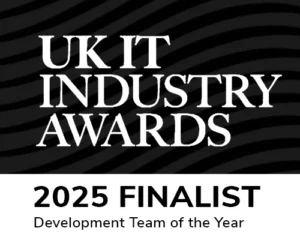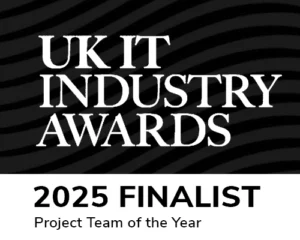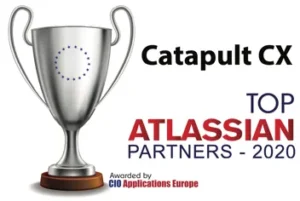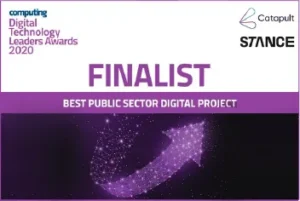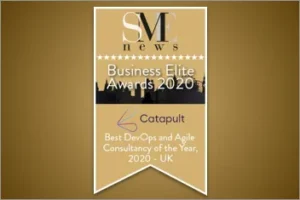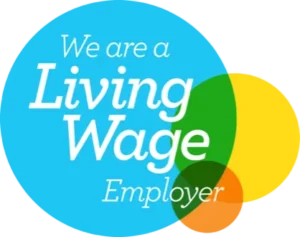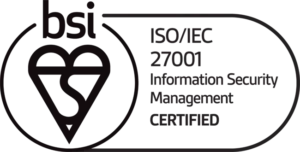Have you ever been on a project where you used a waterfall approach, and market conditions and customer needs changed by the end? In fact, according to Standish Group’s 2018 CHAOS report, traditional waterfall projects are three times more likely to go wrong than agile projects.
This is because Agile Innovators are determined to do things differently in this digital age and organise their teams around products. They track the value delivered to the customers; collaborative decisions are driven by customer feedback rather than hierarchical decision-making. Teams adopt agile methodologies in well-established product teams rather than teams funded for short-term projects.
Projects Vs. Products
Projects have been a popular way to organise software development and funding. They arrange work into temporary teams and are funded according to benefits specific to a business case. However, products are typically managed in long-lived teams, focused on achieving persistent business goals.
For example, a company that sells software as a product or a service support near-permanent teams for as long as the product is sold in the market, constantly improving the product.
Their budget is typically fixed for the duration of the year and is sufficient to fund the core development of the product, ensuring the team is sustained. Let’s learn more about the critical differences between the project and product-centric framework below.
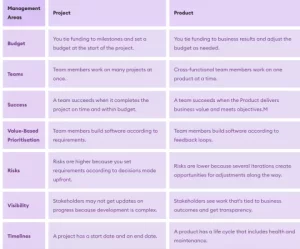
Top 4 reasons to organise around products
Better responsiveness
In product mode, teams are long-lived, dedicated and ready to act on new feedback about the product. Therefore, it only requires the team’s product owner to decide how to redirect the team’s capacity to react to the feedback. This ability to reform a team improves responsiveness.
True Iteration is possible
Product-focused teams that are stable and long-lasting can solve a problem in a properly iterative manner. Firstly, iterations are delivered efficiently with a sprint with committed scope, following CI/CD practices to deliver features to live, at the end of each sprint.
Fast feedback loops enable the teams to move at pace. Project teams can’t quickly achieve iteration because they are usually formed to “build” the solution, not run it, with long feedback cycles or none at all. So, when they are done building a version of the solution, they hand it over to a team in charge of running the solution and move on to the next project.
As the project funding comes to an end the ‘run and maintain’ budget rarely allows the true creation or a product backlog based on features, its primarily established to feed and water the solution.
Reduces the impact of running late
In the case of a project running late, there is a more serious impact than just renegotiating the deadline; typically project teams are disbanded according to the plan, and move on to new projects. The delay impacts the start of consequent projects. In the product world continuous feature delivery means the team are only disbanded when the product is retired.
Teams are more focused and motivated
Product teams are given more ownership of the product roadmap and customer experience. They often have more autonomy and purpose than project teams, which can intrinsically motivate them.
Also, product teams take time to work efficiently as a unit and go through different phases together before finding the right cadence. Product teams collaborate effectively due to their shared experience and knowledge, with the ‘product brain’ staying in the team.
Conclusion
Organisations are often disappointed that they have not achieved the benefits they expected, primarily because their structures and processes remain stuck in a traditional Waterfall mindset. Therefore, many organisations have moved toward Agile development methods intending to increase delivery speed, reduce costs and deliver business priorities quicker.
Adopting a product-centric mindset with agile and DevOps is crucial on the path to digital transformation. We have been helping our clients to organise around products and adopt agile and DevOps on the way. So, are you ready to become product-focused with us? Then feel free to contact us today.
